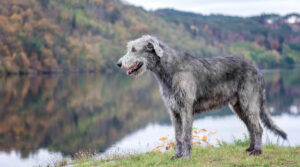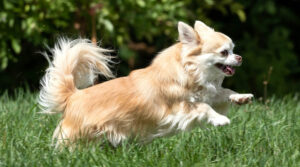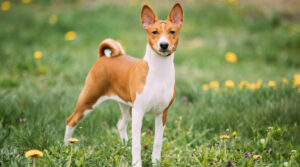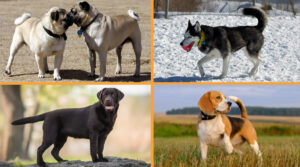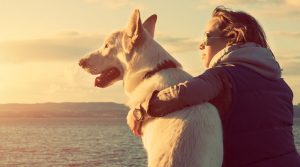Choosing a dog breed is a big decision. While no two dogs are the same, the genes associated with a breed can affect behaviours, illnesses and traits. This section is all about the wonderful range of dog breeds we share our homes with.
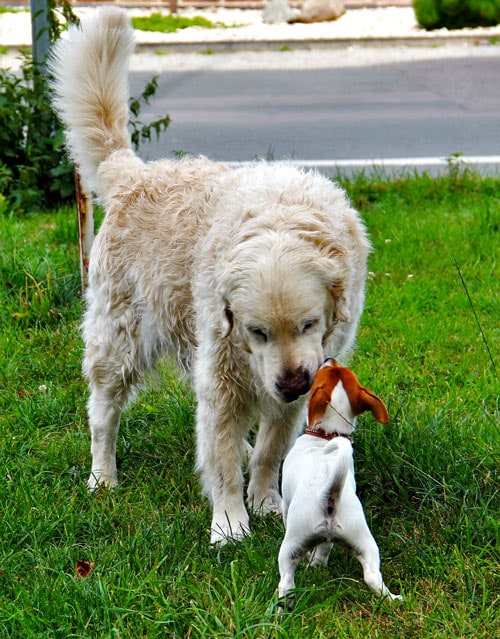
When you compare a Chihuahua to an Akita, it’s amazing to think they are the same species!
This variety has been caused by humans. Dogs have been selectively bred for hundreds of thousands of years to create breeds for various tasks and goals. The result is a huge range of breeds from small terriers to Great Danes.
Most breeds fall into five basic categories depending on their original function. These are hunting, herding, guard, working and companion dogs. Confusingly, not everyone agrees on what defines a breed, so the definition is somewhat loose. We always try to stick to the common interpretation of a breed though, as that’s the one most of our readers will use.
When buying a dog, the breed is one of the most important decisions. While a dog’s upbringing has a big effect on its temperament, certain traits and diseases are more likely in some breeds.
In this section, you’ll find:
- Breed Guides. If you’re thinking of getting a dog, our breed guides can help you make the right choice for your situation.
- “Best Breeds for…” Lists. If you know you want a dog with a certain trait, such as independence or intelligence, we’ve put together lists to help you narrow down your options.
- Disease Information. Unfortunately, some breeds have developed increasingly common health problems. It’s vital to understand the genetic issues associated with a breed before you buy.
- And much more!
About the Dog Breeds Section
Listed below are all the guides and articles we’ve written about dog breeds. We add new articles regularly, so you may want to check back if you can’t find what you’re looking for. You can also use the contact page to suggest an article or topic.
- 13 Dogs With Long Tails (Pictures For Each Breed!)
- 23 Dogs With Fluffy Tails (Pictures For Each Breed!)
- 16 Stunning Dog Breeds With Curly Tails
- 8 Types of Dog Tails (With Pictures and Examples!)
- 7 Benefits of Having a Dog: Improved Health, Mood and More!
- 7 Reasons to Adopt a Dog From Your Local Rescue Center
